Foundation Engineering 30 PDH Discount Package
An Introduction to Deep Foundations (G02-007)
An Introduction to Earthwork for Foundations (G03-004)
An Introduction to Excavation for Structures (G02-002)
An Introduction to Fill and Backfill for Structures (G04-007)
An Introduction to Foundations in Areas of Significant Frost Penetration (G03-003)
An Introduction to Pile Foundations for Structures (G02-003)
An Introduction to Preparation of Foundations for Structures (G04-008)
An Introduction to Retaining Walls and Excavation Support Systems (G02-006)
An Introduction to Settlement and Volume Expansion in Soils (G04-009)
An Introduction to Spread Footings and Mat Foundations (G02-008)
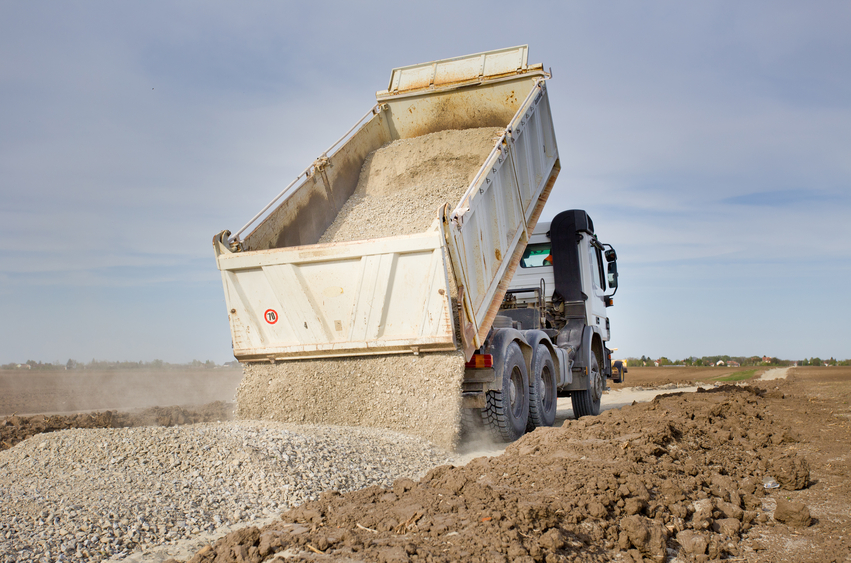
This online engineering PDH course will introduce you to shear strength parameters, tension forces and methods for analysis of soils and rock to determine load bearing capacity.
Stresses transmitted by a foundation to underlying soils must not cause bearing-capacity failure or excessive foundation settlement. The design bearing pressure equals the ultimate bearing capacity divided by a suitable factor of safety. The ultimate bearing capacity is the loading intensity that causes failure and lateral displacement of foundation materials and rapid settlement. The ultimate bearing capacity depends on the size and shape of the loaded area, the depth of the loaded area below the ground surface, groundwater conditions, the type and strength of foundation materials, and the manner in which the load is applied.
This 2 PDH online course is intended for civil engineers, structural engineers, geotechnical engineers, geologists and other design and construction professionals seeking an introduction to methods for analysis of soils and rock to determine load bearing capacity.
This PE continuing education course is intended to provide you with the following specific knowledge and skills:
- Learning about the shear strength parameters involved in bearing capacity analysis
- Learning the different bearing capacity analysis techniques to use for cohesive and cohesionless soils
- Learning how to address groundwater in analysis of soils for load bearing capacity
- Learning how to determine the ultimate bearing capacity of soils and rock for all combinations of simultaneous loads
- Learning about methods of analysis for deep foundations in stratified soils
In this professional engineering CEU course, you need to review the course document titled, "An Introduction to Bearing Capacity Analysis".
Upon successful completion of the quiz, print your Certificate of Completion instantly. (Note: if you are paying by check or money order, you will be able to print it after we receive your payment.) For your convenience, we will also email it to you. Please note that you can log in to your account at any time to access and print your Certificate of Completion.
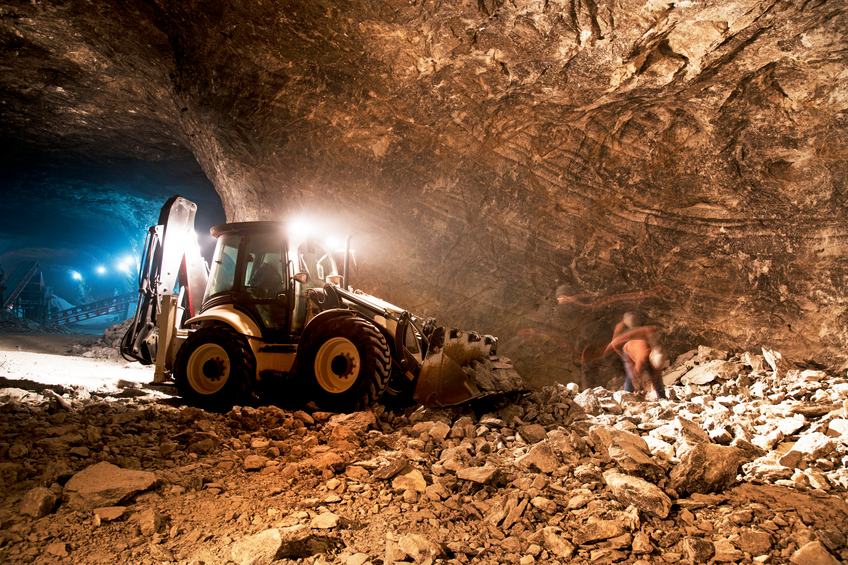
This online engineering PDH course will provide you with an introduction to methods for analysis and design of deep foundations. It discusses problems of placing footings and mats in deep excavations and design of drilled piers.
A deep foundation derives its support from competent strata at significant depths below the surface or, alternatively, has a depth to diameter ratio greater than 4. A deep foundation is used in lieu of a shallow foundation when adequate bearing capacity or tolerable settlements cannot be obtained with a shallow foundation. The term deep foundation includes piles, piers, or caissons, as well as footings or mats set into a deep excavation.
Drilled piers (or caissons) are simply large-diameter piles, but the design process is somewhat different. An arbitrary distinction between a caisson and pier is that the caisson is 30 inches or more in diameter.
This 2 PDH online course is intended for civil engineers, structural engineers, geotechnical engineers, geologists and other design and construction professionals wanting an introduction to deep foundations for buildings and other structures.
This PE continuing education course is intended to provide you with the following specific knowledge and skills:
- Learning the definition and design considerations applicable to floating foundations
- Learning the mechanics of settlement of compensated foundations
- Understanding when there is a likelihood of bearing capacity failure
- Learning about two commonly used procedures to mitigate bottom heave
- Learning about settlement issues adjacent to excavations
In this professional engineering CEU course, you need to review the course document titled, "An Introduction to Deep Foundations".
Upon successful completion of the quiz, print your Certificate of Completion instantly. (Note: if you are paying by check or money order, you will be able to print it after we receive your payment.) For your convenience, we will also email it to you. Please note that you can log in to your account at any time to access and print your Certificate of Completion.
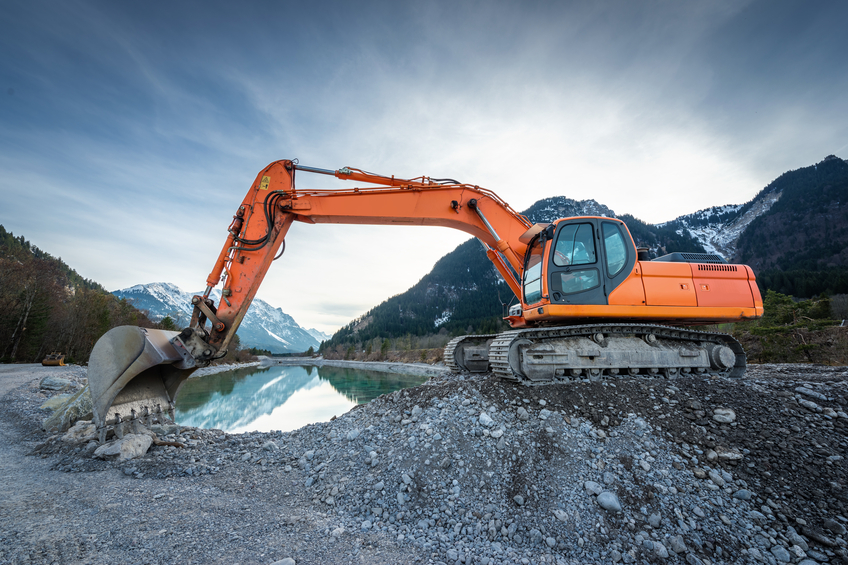
This online engineering PDH course provides an introduction to earthwork for foundations. In general, excavation for subsurface structures will consist of open excavation and shaft and tunnel excavation. Where excavation to great depths is required, a variety of soils and rock may be encountered at a single site. Soils may range through a wide spectrum of textures and water contents. Rock encountered may vary from soft rock, very similar to a firm soil in its excavation requirements, to extremely hard rock requiring extensive blasting operations for removal.
Groundwater may or may not be present. The groundwater conditions and the adequacy of groundwater control measures are important factors in excavation, in maintaining a stable foundation, and in backfilling operations. The extent to which groundwater can be controlled also influences the slopes to which the open excavation can be cut, the bracing required to support shaft and tunnel excavation, and the handling of the excavated material.
This 3 PDH online course is intended for civil and geotechnical engineers and other infrastructure design and construction professionals seeking an introduction to earthwork operations for foundations of buildings and other structures.
This PE continuing education course is intended to provide you with the following specific knowledge and skills:
- Understanding the problems encountered during excavation related to groundwater conditions, slope stability, and adverse weather conditions
- Knowing the importance of accurate daily records such as of the quantity of water removed by the dewatering system and of the piezometric levels in the foundation and beneath excavation slopes
- Knowing the importance of protection of exposed earthwork materials
- Knowing the importance of checking exposed rock by a slaking test
- Learning how to minimize problems associated with the compaction of backfill by following good backfilling procedures
- Learning about open-zone compaction of coarse-grained soils that exhibit slight plasticity (clayey sands, silty sands, clayey gravels, and silty gravels) using either sheepsfoot or rubber-tired rollers
- Learning about the general rules for lift thickness
- Learning about the guidelines for earthwork operations in freezing temperatures
In this professional engineering CEU course, you need to review the course document titled, "An Introduction to Earthwork for Foundations".
Upon successful completion of the quiz, print your Certificate of Completion instantly. (Note: if you are paying by check or money order, you will be able to print it after we receive your payment.) For your convenience, we will also email it to you. Please note that you can log in to your account at any time to access and print your Certificate of Completion.

This online engineering PDH course is an introduction to the methods of evaluating the stability of shallow and deep excavations. You will learn about the two basic types of excavations: "open excavations" where stability is achieved by providing stable side slopes, and "braced excavations" where vertical or sloped sides are maintained with protective structural systems that can be restrained laterally by internal or external structural elements. You will be introduced to the methodology for selecting and designing excavation systems including consideration of soil type and strength parameters, groundwater conditions, slope protection, side and bottom stability, vertical and lateral movements of adjacent areas, and effects on existing structures.
This 2 PDH online course is intended for civil, structural and geotechnical engineers and other design and construction professionals interested to learn the fundamentals of excavation in soils for stability and safety, as they relate to open cut excavations, trenching, rock excavation, excavation stabilization and safety, embankment cross-section design, and borrow excavation.
This PE continuing education course is intended to provide you with the following specific knowledge and skills:
- Learning about sloped and vertical open excavation cuts
- Learning about the principal factors influencing trench stability
- Understanding the primary considerations for slope design in different soil types
- Learning about the two excavation types: "open excavations" and "braced excavations"
- Learning about trench excavation support systems
In this professional engineering CEU course, you need to review the course document titled, "An Introduction to Excavation for Structures".
Upon successful completion of the quiz, print your Certificate of Completion instantly. (Note: if you are paying by check or money order, you will be able to print it after we receive your payment.) For your convenience, we will also email it to you. Please note that you can log in to your account at any time to access and print your Certificate of Completion.

This online engineering PDH course is an introduction to the methods for employing fill and backfill in foundations for buildings and other structures. It discusses the different types of fill and backfill, foundations on compacted fills, compaction requirements, placement and control of backfill materials, hydraulic fills, and selection and processing of backfill materials.
This 4 PDH online course is intended for civil, structural and geotechnical engineers and other design and construction professionals wanting to learn the fundamentals of fill and backfill for buildings and other structures. This course will give you an introduction to materials evaluation, selection, placement and control for fill and backfill operations for buildings and other structures.
This PE continuing education course is intended to provide you with the following specific knowledge and skills:
- Learning about the different types of fill
- Learning about foundations constructed on compacted fills
- Understanding the recommended compaction requirements for different types of soils and structures
- Knowing the fundamentals of placing and controlling backfill materials
- Learning how to control for fill settlement
- Learning how and where hydraulic fills are employed
- Knowing the fundamentals of planning and design of structures to accommodate backfill operations
- Understanding the fundamentals of evaluation, design and processing of backfill materials
In this professional engineering CEU course, you need to review the course document titled, "An Introduction to Fill and Backfill for Structures" and provided below.
Upon successful completion of the quiz, print your Certificate of Completion instantly. (Note: if you are paying by check or money order, you will be able to print it after we receive your payment.) For your convenience, we will also email it to you. Please note that you can log in to your account at any time to access and print your Certificate of Completion.
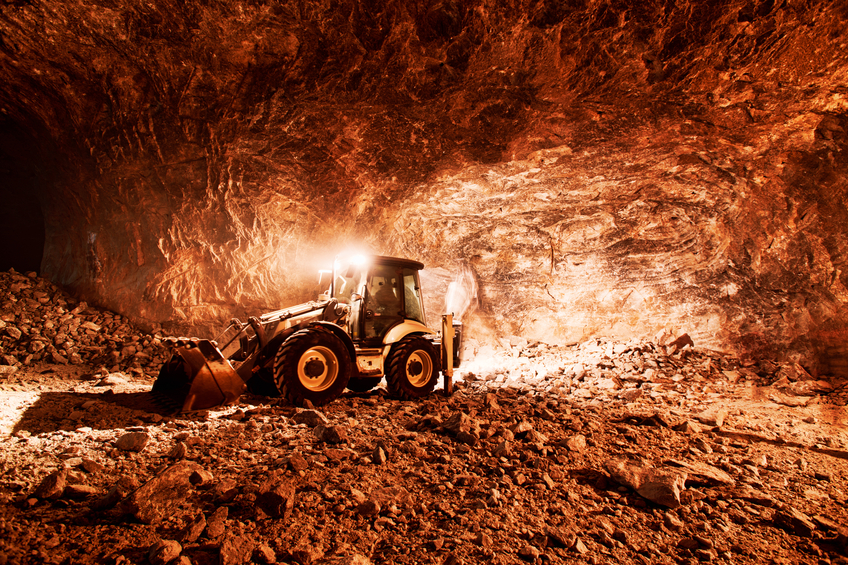
This online engineering PDH course provides an introduction to the design of structure foundations in seasonal and permafrost regions. It discusses planning, design and construction methods for buildings and other infrastructure that can mitigate these forces in areas of significant frost penetration.
Areas of significant frost penetration may be defined as those in which freezing temperatures occur in the ground to sufficient depth to be a significant factor in foundation design. These areas may be further characterized as seasonal frost and permafrost zones. Freeze-thaw temperature changes can exert major and potentially destructive forces on the foundations of structures.
This 3 PDH online course is intended for civil engineers, structural engineers, geotechnical engineers, geologists and other design and construction professionals seeking an introduction to methods and techniques for accommodating frost penetration issues in design of foundations and footings for buildings and structures.
This PE continuing education course is intended to provide you with the following specific knowledge and skills:
- Learning about the characteristics of seasonal frost and permafrost and how they affect the foundations of buildings and other infrastructure
- Knowing the geographical regions of North American where significant frost penetration is an issue in design of foundations
- Understanding how the more intense the winter cooling of the frozen layer in the annual frost zone and the more rapid the rate of frost heave, affects the intensity of uplift forces in piles and foundation walls
- Understanding the engineering problems that may arise in areas of significant frost penetration
- Learning about progressive freezing and frost heave of foundations that may develop under refrigerated warehouses and other similar facilities
- Knowing the most important factors contributing to the existence of adverse foundation conditions in seasonal frost and permafrost regions
- Learning how freezing and thawing indexes are employed in foundation design
In this professional engineering CEU course, you need to review the course document titled, "An Introduction to Foundations in Areas of Significant Frost Penetration".
Upon successful completion of the quiz, print your Certificate of Completion instantly. (Note: if you are paying by check or money order, you will be able to print it after we receive your payment.) For your convenience, we will also email it to you. Please note that you can log in to your account at any time to access and print your Certificate of Completion.

This online engineering PDH course is an introduction to data, principles, and methods for use in planning, design, and construction of deep foundations. Deep foundations are braced column elements (piles) transmitting structure loads down to the subgrade supporting medium. This course provides an introduction and general information with respect to the selection and design of deep foundations. Single and groups of driven piles and drilled shafts under axial and lateral static loads are treated.
This 2 PDH online course is intended for civil, structural and geotechnical engineers and other design and construction professionals interested in learning the types and application of timber, steel and concrete piles for foundations of structures.
This PE continuing education course is intended to provide you with the following specific knowledge and skills:
- Understanding the general methodology for pile selection and design
- Learning about the "Load Factor Design (LFD)" approach
- Learning how to apply the "Global Safety Factor (FS)"
- Knowing how to address special situations when expansive clays, coral sands, and/or unconsolidated soils are encountered
- Learning about large, small and non-displacement pile systems
- Understanding the characteristics of timber, precast, Raymond and steel piles
In this professional engineering CEU course, you need to review the course document titled, "An Introduction to Pile Foundations for Structures".
Upon successful completion of the quiz, print your Certificate of Completion instantly. (Note: if you are paying by check or money order, you will be able to print it after we receive your payment.) For your convenience, we will also email it to you. Please note that you can log in to your account at any time to access and print your Certificate of Completion.

This online engineering PDH course is an introduction to the methods of preparing soil and rock for foundations of structures including open, shaft and tunnel excavation. This course discusses excavation to a range of depths in a variety of soil and rock conditions which may be encountered at a single site. You will learn techniques for preparation of soils consisting of a wide spectrum of textures and water contents. This course also discusses approaches to managing groundwater when encountered during excavation and foundation preparation. You will learn about vibrocompaction, blasting, vibrodisplacement, vibroflotation, grouting, precompression, and reinforcement methods.
This 4 PDH online course is intended for civil, structural and geotechnical engineers and other design and construction professionals seeking to learn about the issues that may need to be addressed in construction of foundations for structures of various configurations.
This PE continuing education course is intended to provide you with the following specific knowledge and skills:
- Learning techniques for controlling groundwater seepage into excavations
- Knowing the approaches to managing surface water intrusion at a foundation site
- Understanding the importance of maintaining slope integrity
- Learning how to manage issues associated with stockpiling of excavated and imported material
- Learning about backfill compaction equipment, material and zones
- Knowing the recommended compaction densities for different structures
- Learning how to address difficult backfill and foundation issues for circular, elliptical and arched structures
In this professional engineering CEU course, you need to review the course document titled, "An Introduction to Preparation of Foundations for Structures".
Upon successful completion of the quiz, print your Certificate of Completion instantly. (Note: if you are paying by check or money order, you will be able to print it after we receive your payment.) For your convenience, we will also email it to you. Please note that you can log in to your account at any time to access and print your Certificate of Completion.
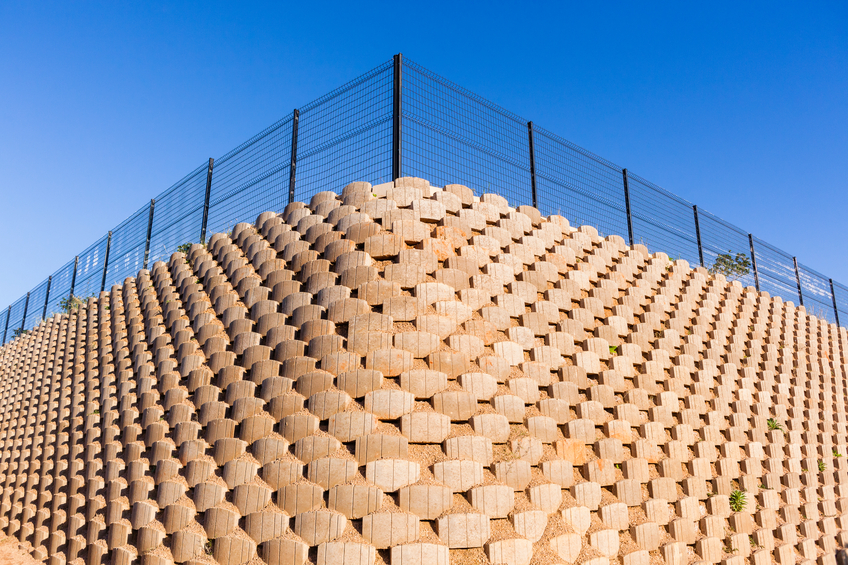
This online engineering PDH course presents methods for evaluating earth pressures on retaining walls and design procedures for cohesionless backfill materials, which should be used whenever practicable.
Retaining walls must be designed so that foundation pressures do not exceed allowable bearing pressures, wall settlements are tolerable, safety factors against sliding and overturning are adequate, and the wall possesses adequate structural strength.
This 2 PDH online course is intended for civil engineers, structural engineers, geotechnical engineers, geologists and other design and construction professionals seeking an introduction to methods and techniques designing retaining walls and excavation support structures.
This PE continuing education course is intended to provide you with the following specific knowledge and skills:
- Understanding the types of forces acting on retaining walls
- Learning about active and passive earth pressures
- Learning how to design for surcharge and dynamic loads on retaining walls
- Learning how to apply the equivalent fluid pressure method in retaining wall design
- Knowing the criteria for selecting earth pressures as the basis of retaining wall design
- Knowing the importance of designing for overturning forces acting on retaining walls
- Learning how to design for sliding forces acting on retaining walls
In this professional engineering CEU course, you need to review the course document titled, "An Introduction to Retaining Walls and Excavation Support Systems".
Upon successful completion of the quiz, print your Certificate of Completion instantly. (Note: if you are paying by check or money order, you will be able to print it after we receive your payment.) For your convenience, we will also email it to you. Please note that you can log in to your account at any time to access and print your Certificate of Completion.

This online engineering PDH course provides an introduction to methods and techniques for estimating soil settlement and expansion when designing footings and foundations for buildings and other structures. It addresses (a) immediate settlements, (b) long-term settlements, (c) rate of settlement, (d) criteria for tolerable settlement, (e) methods of reducing or accelerating settlements for saturated fine-grained soils and (f) methods for controlling and/or estimating heave in swelling soils. Procedures given are for fine-grained compressible soils as well as for coarse-grained soils.
The settlement of saturated cohesive soil consists of the sum of three components; (1) immediate settlement occurring as the load is applied, (2) consolidation settlement occurring gradually as excess pore pressures generated by loads are dissipated, and (3) secondary compression essentially controlled by the composition and structure of the soil skeleton. The settlement of coarse-grained granular soils subjected to foundation loads occurs primarily from the compression of the soil skeleton due to rearrangement of particles. The permeability of coarse-grained soil is large enough to justify the assumption of immediate excess pore pressure dissipation upon application of load. Settlement of coarse-grained soil can also be induced by vibratory ground motion due to earthquakes, blasting or machinery, or by soaking and submergence.
This 4 PDH online course is intended for civil engineers, structural engineers, geotechnical engineers, geologists and other design and construction professionals seeking an introduction to methods and techniques for analyzing and designing for soil settlement and expansion for foundations and footings for buildings and structures.
This PE continuing education course is intended to provide you with the following specific knowledge and skills:
- Learning about the three components of soil settlement
- Understanding how superimposed loads cause pore pressures to increase, forcing water from compressible stratum which decreases volume and causes settlement
- Understanding how stresses exceeding the present effective vertical pressure of overburden produce preconsolidation
- Learning about the mechanisms of settlement for coarse-grained soils
- Learning how to use shape and rigidity factors to calculate settlements of points at the surface of an elastic half-space
- Learning how to calculate the magnitude of immediate settlement in clay
- Learning how to calculate instantaneous settlement of isolated footings on coarse-grained soils
- Understanding how the typical loading cycle during building construction may cause swell and heave during foundation excavation, followed by application of the structural load which recompresses subsoil and may extend consolidation into the virgin range
- Learning how to use pressure-void ratio diagrams
- Learning how to correct settlement calculations for overconsolidated clays that may give an overestimate of the settlement
- Knowing the relationship between the Settlement Ratio and the overconsolidation Ratio
- Learning about the relationship between initial shear stress and the overconsolidation ratio
- Learning about the time rate of primary consolidation
In this professional engineering CEU course, you need to review the course document titled, "An Introduction to Volume and Settlement Expansion".
Upon successful completion of the quiz, print your Certificate of Completion instantly. (Note: if you are paying by check or money order, you will be able to print it after we receive your payment.) For your convenience, we will also email it to you. Please note that you can log in to your account at any time to access and print your Certificate of Completion.

This online engineering PDH course provides an introduction to the design of spread footings and mat foundations for buildings and other structures such as towers on cohesive and cohesionless soils.
When required footings cover more than half the area beneath a structure, it is often desirable to enlarge and combine the footings to cover the entire area. This type of foundation is called a raft or mat foundation and may be cheaper than individual footings because of reduced forming costs and simpler excavation procedures. A mat foundation also may be used to resist hydrostatic pressures or to bridge over small, soft spots in the soil, provided the mat is adequately reinforced.
This 2 PDH online course is intended for civil engineers, structural engineers, geotechnical engineers, geologists and other design and construction professionals seeking an introduction to methods and techniques for designing footings and mat foundations for buildings and other structures such as towers.
This PE continuing education course is intended to provide you with the following specific knowledge and skills:
- Understanding the guidelines for depth of foundations
- Learning how to design footings in cohesive soils
- Learning about design of footings in cohesionless soils such as sand
- Learning how to estimate foundation pressures distribution
- Learning how to design for stability of mat foundations
- Knowing the conventional and approximate plate methods of analysis of mat foundations
- Learning how to design mat foundations on compressible soils
In this professional engineering CEU course, you need to review the course document titled, "An Introduction to Spread Footings and Mat Foundations".
Upon successful completion of the quiz, print your Certificate of Completion instantly. (Note: if you are paying by check or money order, you will be able to print it after we receive your payment.) For your convenience, we will also email it to you. Please note that you can log in to your account at any time to access and print your Certificate of Completion.